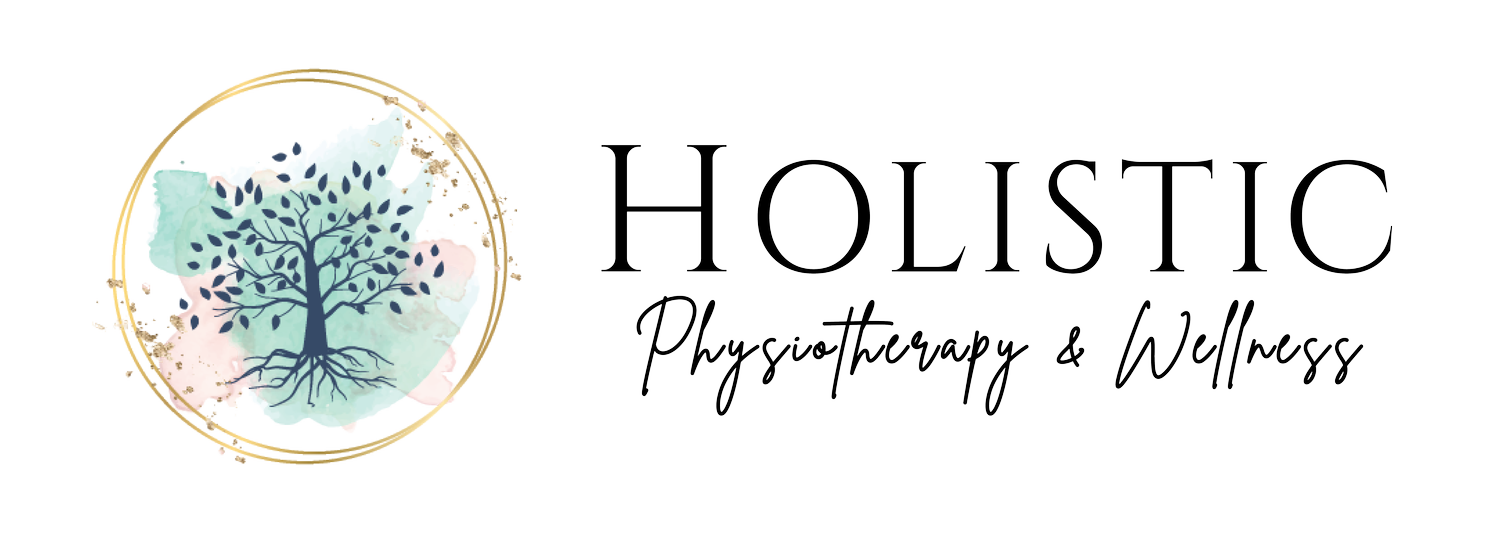Breath Mechanics: The Pelvic Floor's Role in Core Stability
Written by Danielle Bararuk | Mar 12, 2019
Did you know that the way you breathe can be a contributing factor to conditions such as pelvic prolapse, urinary incontinence, and rectus diastasis? Breathing patterns have an effect on our inner core muscles – including the diaphragm, pelvic floor, multifidus and transverse abdominus –and can affect the balance of our internal pressure systems. This can lead to an increase in unwanted symptoms such as urinary leakage.
Let’s start at the bottom. At the bottom of our inner core is the pelvic floor, which provides support and works with the other muscles, such as the diaphragm to provide stability. We use our diaphragm to breath in subconsciously without thinking about it or consciously take control and change our breathing patterns. When we inhale the diaphragm descends and our tummy presses out away from its resting position. This influences the pelvic floor and abdominal muscles to lengthen and elastically load while providing pressure within the system. As we exhale, the diaphragm lifts back up and the pelvic floor and abdominal muscles recoil and lift, creating an interchange of pressure. This pressure within the system and the interchange of pressures is what provides good core stability and an optimal core strategy during movements such as squatting to lift up a baby’s car seat.
When we assess core stability we do this by looking at breathing mechanics. When doing physical tasks many people attempt to stabilize by holding their breath. This causes an increase of pressure on the system and contributes to problems such as pelvic prolapse, urinary incontinence, and rectus diastasis.
Are you a visual learner? Then you might find this video helpful for understanding how breath mechanics work with our pelvic floor. Click here to watch the video
Physiotherapy can help teach breathing patterns and provide you with strategies to improve postural alignment that will help your body use the inner core optimally during activities. With practice these techniques will become a habit for your brain and core.
Danielle Bararuk
Physiotherapist
Pelvic Floor Physiotherapist
Paediatric Physiotherapist


